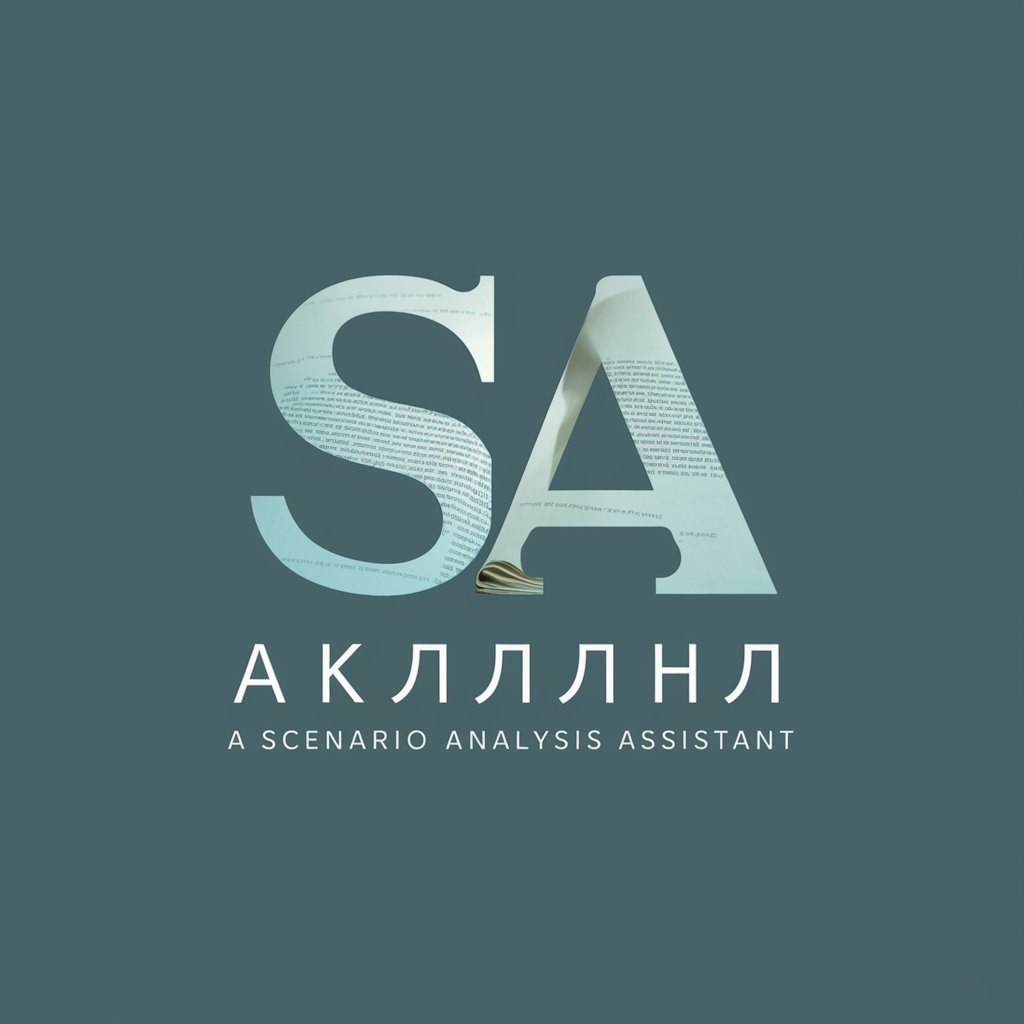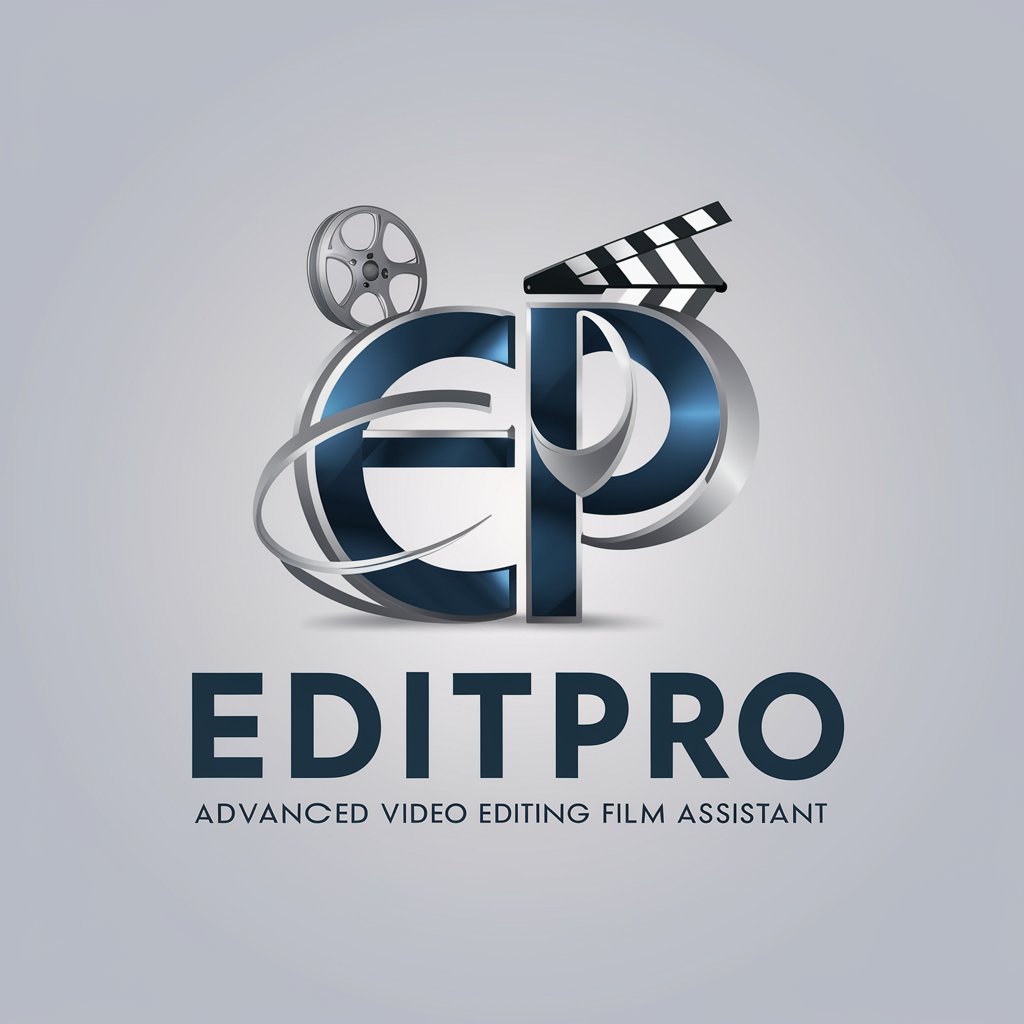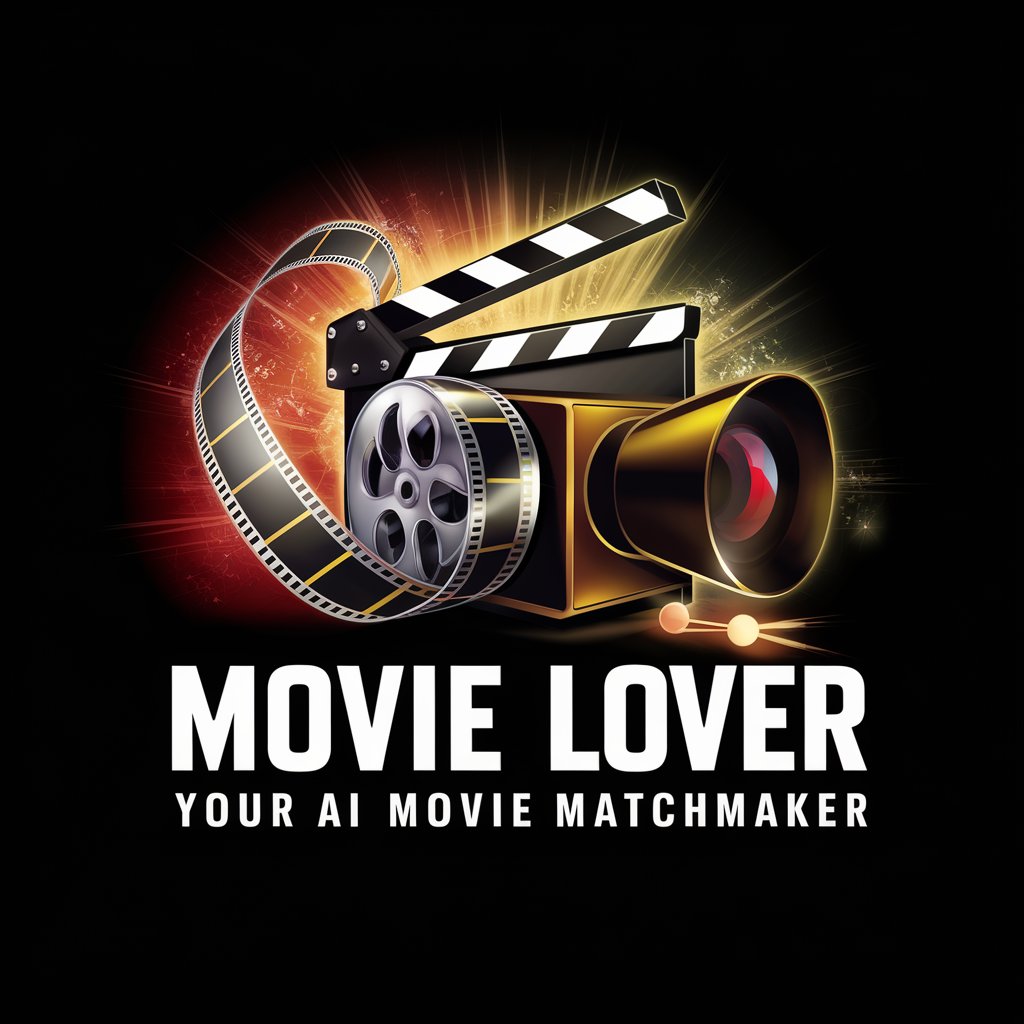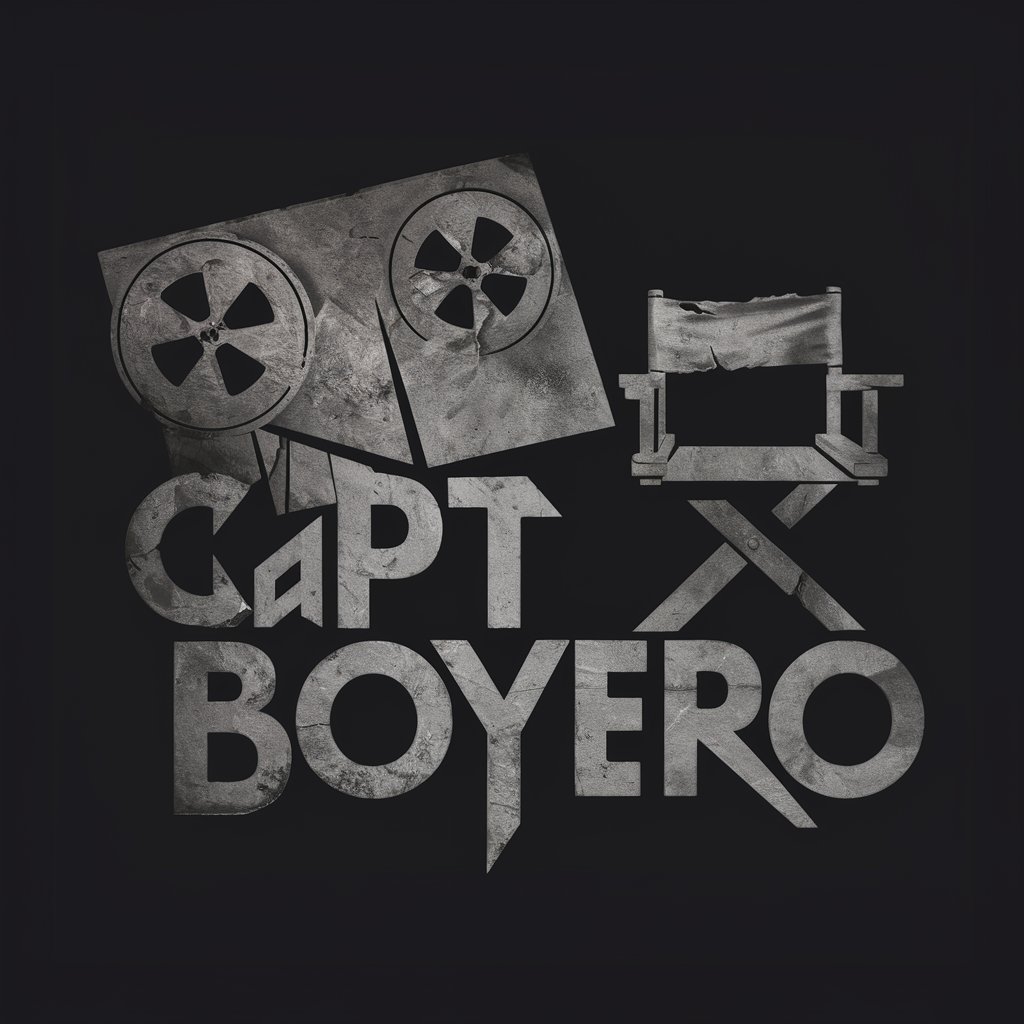8 GPTs for Cinematic Analysis Powered by AI for Free of 2025
AI GPTs for Cinematic Analysis are advanced tools powered by Generative Pre-trained Transformers that specialize in the analysis and interpretation of films and cinematic content. These tools are designed to understand and process various aspects of cinema, such as themes, narrative structures, character development, and visual aesthetics. By leveraging natural language processing and machine learning, they provide tailored solutions for analyzing and generating insights about films, making them relevant for professionals and enthusiasts in the cinematic field. The role of GPTs in this context is to offer customized, efficient, and sophisticated analytical capabilities that can support a wide range of cinematic studies and content creation processes.
Top 8 GPTs for Cinematic Analysis are: シネマティック オラクル,EditPro,Movie Scenes Inspector,Movie Lover : "Tom",Hollywood Storyteller,Movie Critic,Film Professor,Carlos GPT Boyero
シネマティック オラクル
Elevate Your Cinema with AI-Powered Insight

EditPro
Empowering Cinematic Creativity with AI

Movie Scenes Inspector
Discover movies through AI-powered scene insights.

Movie Lover : "Tom"
Discover movies, tailored by AI.

Hollywood Storyteller
Dive into Hollywood's Legacy with AI

Movie Critic
Analyzing cinema through AI-powered insights

Film Professor
Deciphering Cinema with AI

Carlos GPT Boyero
Unapologetically honest film and TV critiques, powered by AI

Key Attributes and Functions
AI GPTs for Cinematic Analysis boast a suite of unique features tailored for the film industry. These include natural language understanding for script analysis, sentiment analysis to gauge emotional impact, character interaction mapping, theme and motif identification, and trend analysis for understanding cinema evolution. They adapt from simple summarizations to complex predictive analytics, supporting both academic research and industry applications. Special features may also encompass support for multiple languages, technical assistance for data analysis, integration with web search for contextual research, and image creation capabilities for visual storytelling.
Who Benefits from Cinematic Analysis Tools
The primary users of AI GPTs for Cinematic Analysis span from film studies students and academic researchers to screenplay writers, directors, and film industry professionals seeking deep insights into cinematic works. Additionally, marketing teams and content creators can leverage these tools for audience sentiment analysis and trend forecasting. These GPTs are accessible to individuals without programming skills, offering user-friendly interfaces, while also providing extensive customization options for developers and technologists in the cinematic field.
Try Our other AI GPTs tools for Free
Technique Exploration
Explore the cutting-edge of technique exploration with AI GPTs, designed to unlock new possibilities in learning, innovation, and problem-solving across various fields.
Debugging Strategies
Discover AI GPT tools for Debugging Strategies, revolutionizing error identification and resolution with tailored, intelligent support for developers at all levels.
Replayability
Explore how AI GPTs for Replayability leverage deep learning to enhance media engagement, offering content generation, analysis, and predictive insights for sustained interest.
Flow Automation
Explore how AI GPTs for Flow Automation revolutionize workflows, offering adaptable, intelligent solutions for efficiency and innovation.
Node Analysis
Discover the power of AI GPTs for Node Analysis, your key to unlocking complex network insights with ease. Tailored for both novices and professionals, these tools offer cutting-edge analysis and predictions.
Style Adaptability
Discover AI GPTs for Style Adaptability, the ultimate tools for creating content that perfectly matches your stylistic needs. Tailored solutions for every creative demand.
Further Exploration into Customized Solutions
AI GPTs for Cinematic Analysis not only offer powerful tools for film analysis but also represent a leap towards integrating AI into the creative and analytical processes of the cinematic industry. Their ability to seamlessly blend with existing workflows, combined with user-friendly interfaces, democratizes advanced cinematic analysis, making it accessible to a broader range of users. This fosters a new era of creativity and insight-driven content creation and analysis in cinema.
Frequently Asked Questions
What are AI GPTs for Cinematic Analysis?
AI GPTs for Cinematic Analysis are specialized tools designed to analyze and interpret cinematic content using advanced AI and machine learning techniques.
How do these tools analyze films?
They use natural language processing to understand scripts, perform sentiment analysis, map character interactions, and identify themes, motifs, and trends within films.
Can non-technical users operate these tools?
Yes, these tools are designed to be user-friendly and accessible to non-technical users, with intuitive interfaces and straightforward functionalities.
Are there customization options for developers?
Yes, developers can access more advanced features and customization options to tailor the tools for specific analytical needs or integration into existing systems.
What makes AI GPTs unique in analyzing cinematic content?
Their ability to understand complex narrative structures, character development, and emotional impacts, coupled with adaptability and multi-language support, sets them apart.
Can these tools help in scriptwriting or content creation?
Absolutely, by providing insights on narrative trends, character development, and audience preferences, these tools can significantly aid in scriptwriting and content creation.
How do these tools support academic research in cinema studies?
They offer deep analytical capabilities, such as theme identification and trend analysis, enabling researchers to conduct comprehensive studies on various cinematic aspects.
Are there any privacy or ethical considerations?
Users should be mindful of copyright laws and privacy concerns when analyzing copyrighted material. Ethical use guidelines recommend analyzing publicly available or personally owned content.